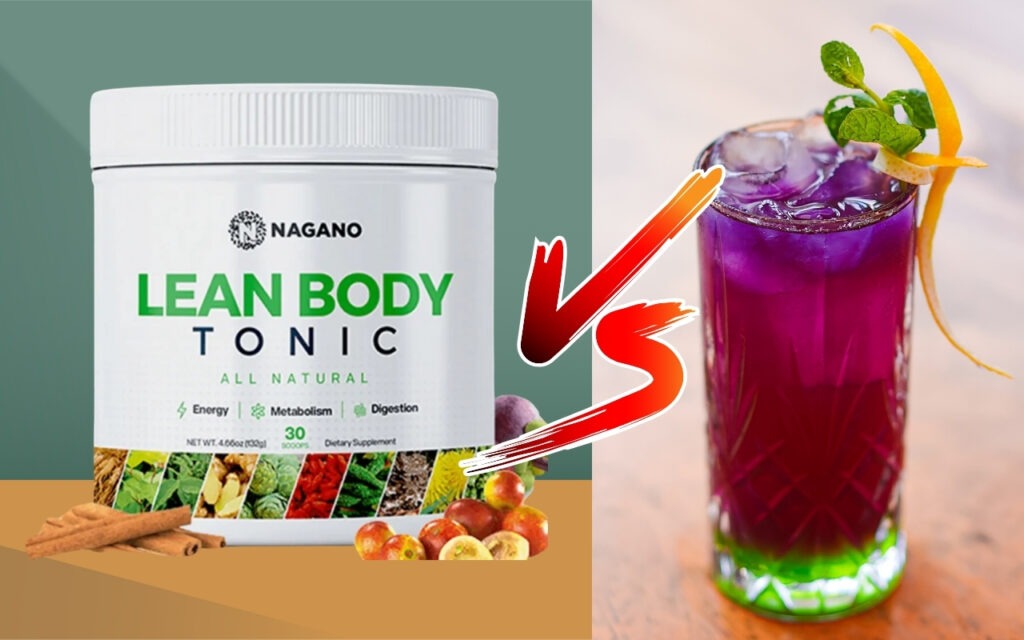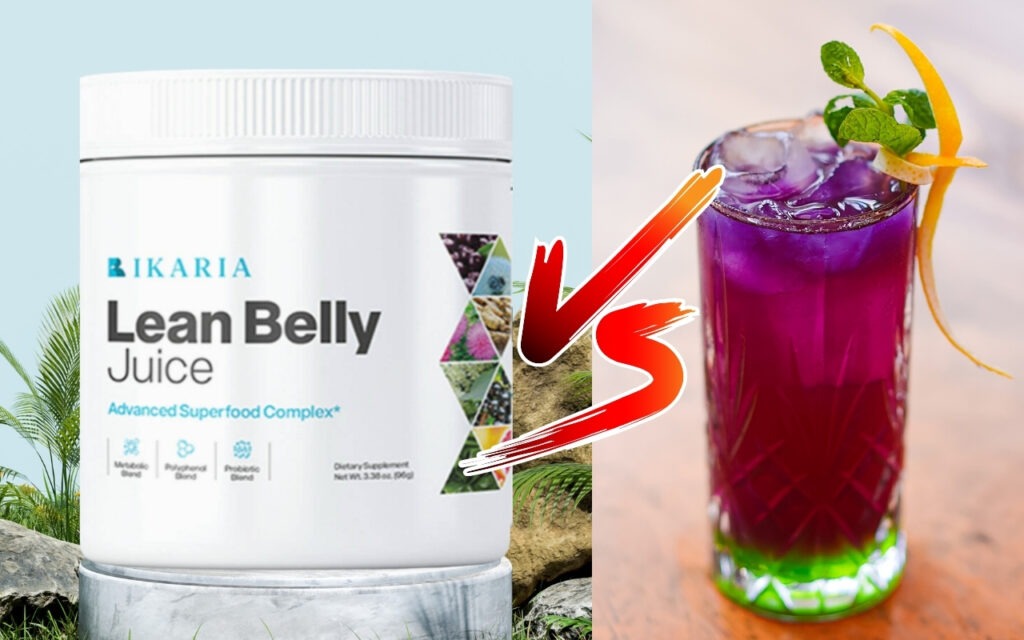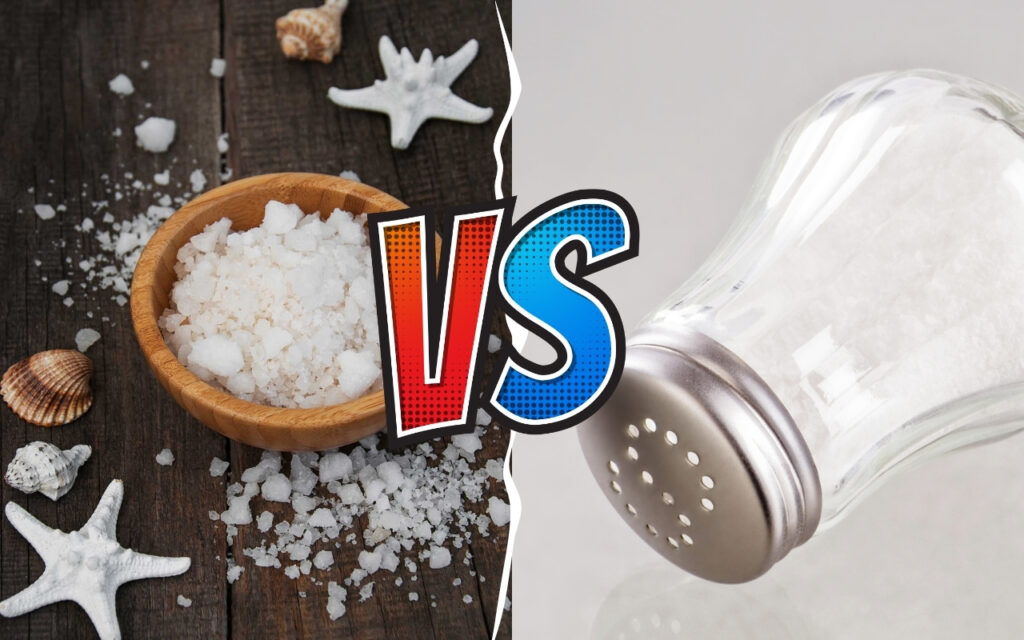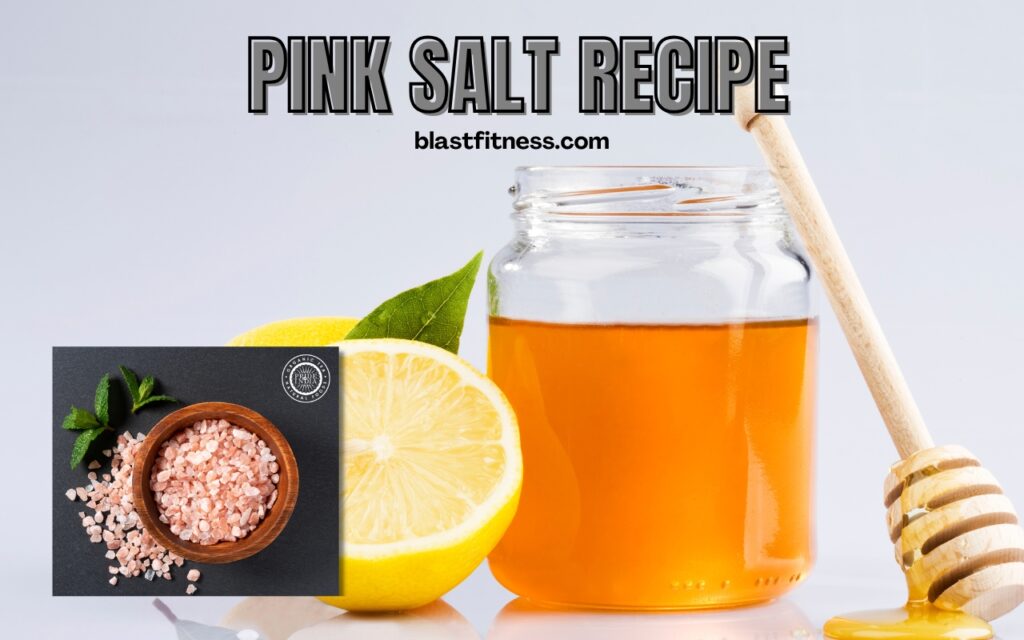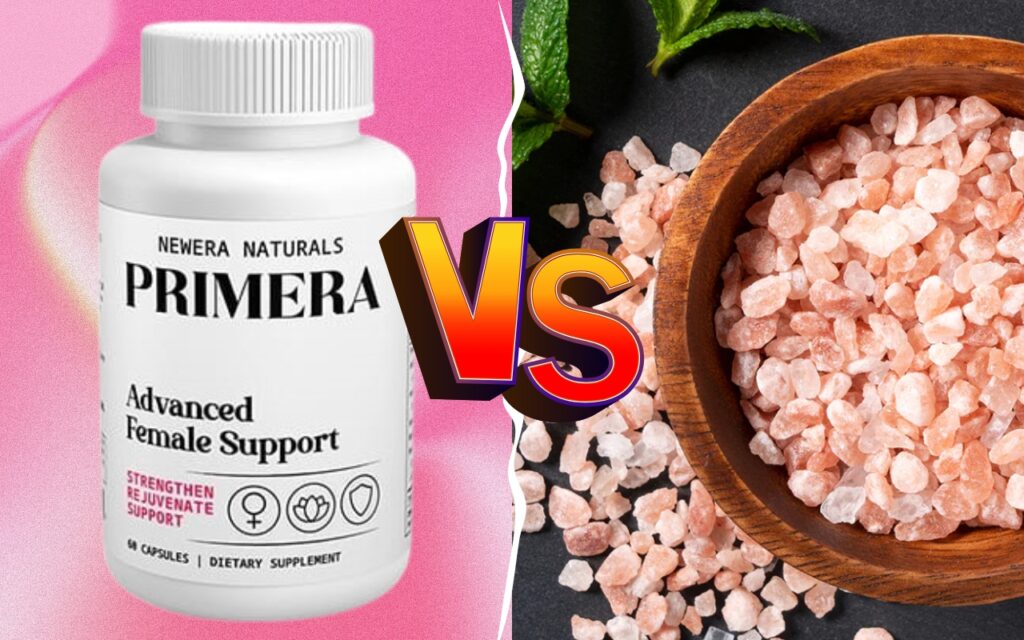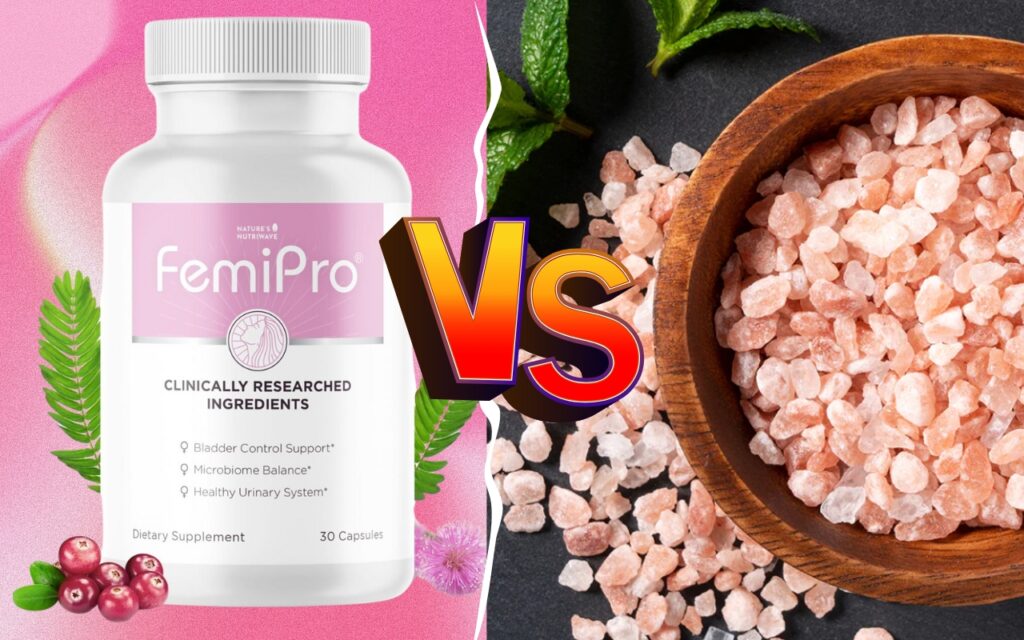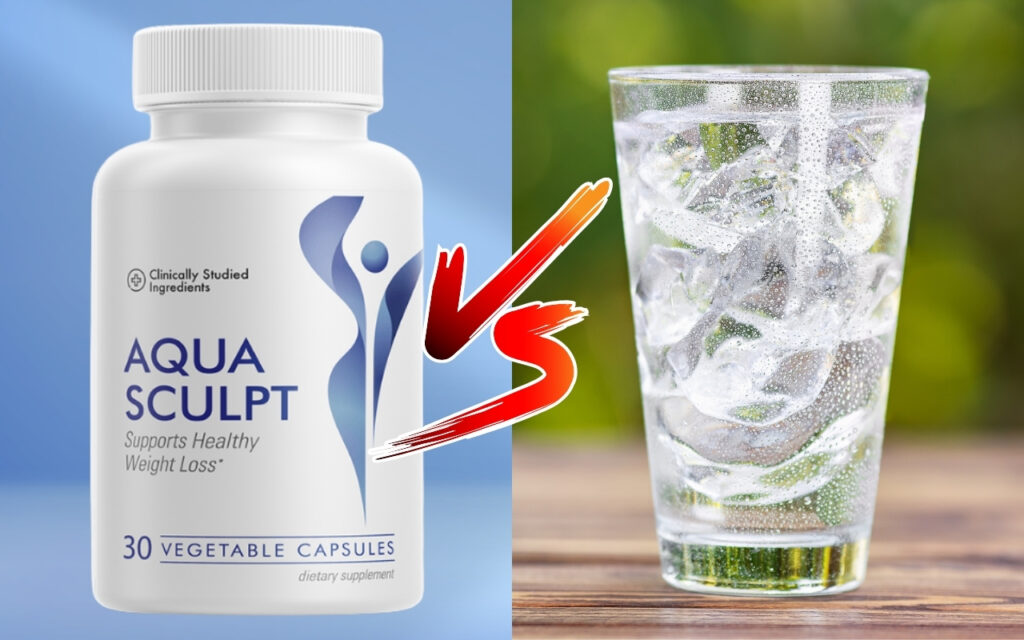
When it comes to optimizing performance, boosting recovery, and supporting overall wellness, most athletes and fitness enthusiasts focus on protein intake, hydration, and proper training. However, there’s another natural powerhouse that deserves a place in your routine: medicinal mushrooms. These fungi are packed with bioactive compounds that can enhance endurance, support muscle recovery, reduce inflammation, and strengthen immunity.
At BlastFitness.com, we take a holistic approach to health and fitness. That means looking beyond the gym and into natural, research-backed solutions that improve performance and longevity. Medicinal mushrooms have been used for centuries in traditional medicine, and modern science is now confirming their benefits for athletes and active individuals.
How Medicinal Mushrooms Support Fitness and Recovery
Medicinal mushrooms contain polysaccharides (beta-glucans), triterpenoids, and antioxidants, which contribute to overall wellness by supporting immune function, reducing oxidative stress, and improving energy metabolism. For fitness enthusiasts, these benefits translate to enhanced endurance, faster recovery, and better resilience against illness and injury.
Key Benefits for Active Individuals:
- Boosts immune function – Keeps your body resilient against colds, infections, and overtraining stress.
- Enhances endurance and energy levels – Increases ATP production, the fuel source for your muscles.
- Supports muscle recovery – Reduces inflammation and oxidative damage post-workout.
- Improves cognitive function – Helps with focus, motivation, and mental clarity.
- Aids in stress and sleep regulation – Supports relaxation and recovery through adaptogenic properties.
The Best Medicinal Mushrooms for Athletes and Fitness Enthusiasts
1. Lion’s Mane (Hericium erinaceus) – Brain Power & Focus
If you want to stay mentally sharp in your workouts and throughout the day, Lion’s Mane is a must-have. This mushroom has been shown to support cognitive function, memory, and nerve regeneration. The active compounds, hericenones and erinacines, stimulate Nerve Growth Factor (NGF), which helps with mental clarity, reaction time, and focus—critical for anyone looking to optimize performance in training.
How It Supports Fitness:
- Improves focus, memory, and reaction time.
- Supports nervous system recovery and reduces brain fog.
- Helps with neuroplasticity, making learning new skills and movements easier.
Best Ways to Use:
- Powder or capsule form, mixed into pre-workout drinks or smoothies.
- Recommended daily intake: 500-1000 mg.
2. Reishi (Ganoderma lingzhi) – Recovery & Stress Management
Reishi is known as the “Mushroom of Immortality”, but for athletes, it’s the mushroom of recovery. This adaptogenic fungus helps regulate cortisol levels, improving stress management and sleep quality. Better sleep means better muscle repair, hormone balance, and overall recovery.
How It Supports Fitness:
- Reduces inflammation and supports immune function.
- Helps regulate stress and improves sleep quality.
- Aids in recovery from intense workouts.
Best Ways to Use:
- Taken as a tea, tincture, or capsule before bed.
- Recommended daily intake: 1000-2000 mg.
3. Cordyceps (Cordyceps militaris) – Endurance & Stamina
Cordyceps is a game-changer for endurance athletes and anyone looking to increase their stamina. This powerful mushroom is known to boost ATP production, which fuels your muscles during exercise. It also improves oxygen utilization, making it a favorite among runners, cyclists, and high-intensity trainers.
How It Supports Fitness:
- Increases energy and endurance.
- Improves oxygen uptake and lung function.
- Enhances recovery and reduces fatigue.
Best Ways to Use:
- Powdered extract or capsules before workouts.
- Recommended daily intake: 500-1000 mg.
4. Chaga (Inonotus obliquus) – Antioxidant Powerhouse
Chaga is one of the most antioxidant-rich natural substances, making it an excellent tool for recovery. It helps protect your body from oxidative stress caused by intense exercise and environmental toxins.
How It Supports Fitness:
- Reduces oxidative stress and muscle damage.
- Supports gut health and digestion, essential for nutrient absorption.
- Enhances immune function to prevent training setbacks.
Best Ways to Use:
- Brewed as a tea or taken as an extract.
- Recommended daily intake: 500-1000 mg.
5. Turkey Tail (Trametes versicolor) – Immune & Gut Health
Turkey Tail contains powerful polysaccharides that help boost immune function and support gut health, two essential aspects of maintaining peak performance.
How It Supports Fitness:
- Strengthens immune defense against illness and overtraining stress.
- Supports gut microbiome, aiding digestion and nutrient absorption.
- Helps regulate inflammation levels.
Best Ways to Use:
- Capsules or tea.
- Recommended daily intake: 1000-2000 mg.
6. Shiitake (Lentinula edodes) – Cardiovascular Health & Performance
Shiitake mushrooms contain lentinan, a compound that supports immune function and cardiovascular health. Healthy circulation ensures optimal oxygen and nutrient delivery to muscles, improving performance and endurance.
How It Supports Fitness:
- Supports healthy blood circulation.
- Reduces exercise-induced inflammation.
- Provides natural B-vitamins for energy metabolism.
Best Ways to Use:
- Culinary use or supplements.
- Recommended daily intake: 1000 mg.
7. Maitake (Grifola frondosa) – Metabolic & Immune Support
Maitake mushrooms help regulate blood sugar levels and metabolic function, making them a great addition for those focusing on lean muscle development and endurance training.
How It Supports Fitness:
- Helps regulate blood sugar for sustained energy.
- Enhances immune function to prevent illness.
- Reduces post-exercise inflammation.
Best Ways to Use:
- Powder or capsule form.
- Recommended daily intake: 1000-2000 mg.
How to Choose the Best Medicinal Mushroom Supplements
Fruiting Body vs. Mycelium-Based Supplements
Many mushroom supplements contain mycelium grown on grain, which has lower active compounds compared to the fruiting body. For maximum benefits, look for supplements that use pure fruiting body extracts.
Choosing the Right Supplement for Fitness and Recovery
- Look for fruiting body extracts (not mycelium-based powders).
- Check for third-party lab testing to ensure purity and potency.
- Avoid fillers and grain-based additives.
- Choose organic sources to avoid pesticides and contaminants.
Final Thoughts: Optimizing Fitness with Medicinal Mushrooms
Whether you’re an endurance athlete, bodybuilder, or weekend warrior, medicinal mushrooms offer a natural and powerful way to boost energy, recovery, and immune function. With benefits ranging from enhanced stamina and muscle repair to stress reduction and cognitive support, these fungi are an excellent addition to any fitness regimen.
For best results, incorporate high-quality mushroom supplements into your daily routine and pair them with a balanced diet, proper hydration, and structured training. Train smarter, recover faster, and perform better—naturally.
Related: Health Benefits of Turmeric


